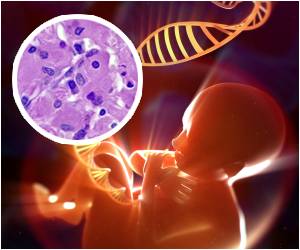An inherited, fatal, immune disorder characterized by uncontrolled activation of immune cells known as lymphocytes and macrophages
An inherited, fatal, immune disorder characterized by uncontrolled activation of immune cells known as lymphocytes and macrophages is called Familial hemophagocytic lymphohistiocytosis (FHL).
Disease-causing mutations have been identified in several genes that generate proteins involved in lymphocyte-mediated cell death, including syntaxin-11. Now, Geneviève de Saint Basile and colleagues, at INSERM U768, France, have added a new gene to this list by determining that two distinct mutations in the gene that generates syntaxin-binding protein 2 (Munc18-2; also known as STXBP2) cause disease in a subset of patients with FHL; this form of the disease was then termed 'FHL5'.Mechanistically, the two distinct STXBP2 mutations led to substantially decreased STXBP2 protein in patient lymphoblasts and impaired release of death-inducing molecules from immune cells known as NK cells. Further analysis indicated that the predominant protein to which STXBP2 binds in lymphocytes is syntaxin-11. The authors therefore conclude that STXBP2 binds syntaxin-11, thereby controlling a late step of the secretory pathway that releases death-inducing molecules; in patients with FHL5, the STXBP2 protein deficiency means this process cannot occur efficiently.
Source-Eurekalert
RAS












